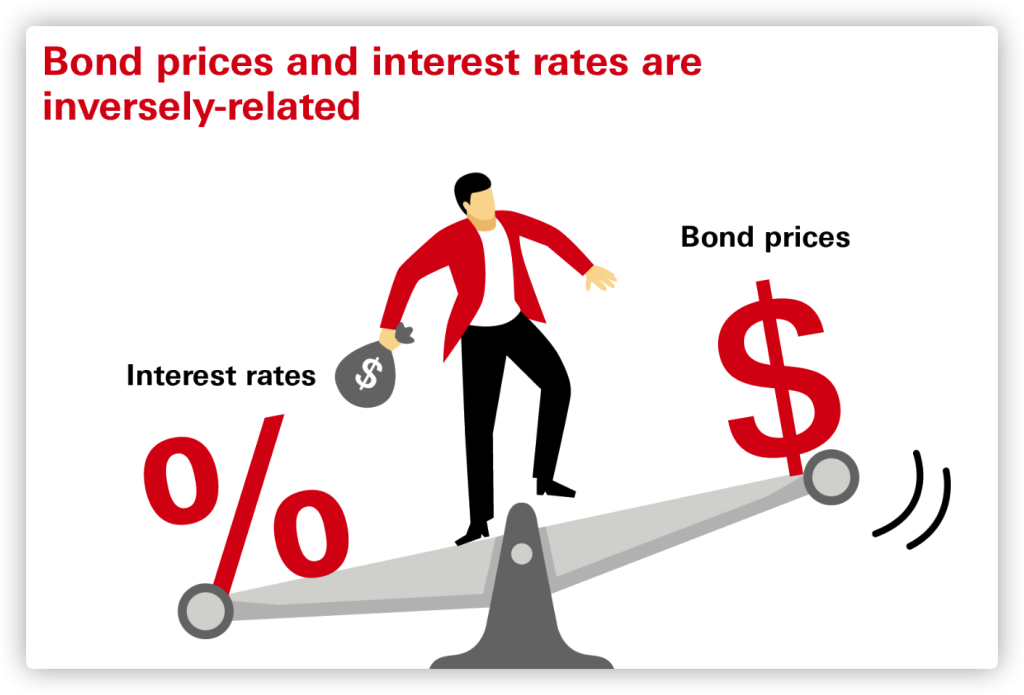
Bonds are a type of fixed-income investment in which an investor loans money to a borrower, typically a government or a corporation, in exchange for periodic interest payments and the return of the principal at a later date. In this article, we’ll provide a basic overview of bonds and how they work.
When you invest in a bond, you are essentially lending money to the borrower in exchange for a promise to pay you a set amount of interest over a certain period of time. The borrower also agrees to pay back the principal, or the original amount of money you lent, at a specific date in the future, known as the maturity date.
Bonds are typically classified by their credit quality, which is a measure of the borrower’s ability to make the required interest and principal payments. High-quality bonds are issued by borrowers with strong credit ratings, such as the U.S. government, and are considered to be lower risk investments. Lower quality bonds, also known as junk bonds, are issued by borrowers with weaker credit ratings and are considered to be higher risk investments.
Bonds also differ in terms of their maturity date. Short-term bonds have a maturity date of less than three years, while intermediate-term bonds have a maturity of three to ten years. Long-term bonds have a maturity of more than ten years. In general, long-term bonds tend to offer higher interest rates than short-term bonds, but they also have more price volatility and are subject to greater interest rate risk.
In addition to their credit quality and maturity date, bonds can also be classified by their type, such as Treasury bonds, corporate bonds, municipal bonds, and agency bonds. Each type of bond has its own set of features and risks, and it’s important to understand the characteristics of the different types of bonds before making an investment.
In conclusion, bonds are a type of fixed-income investment in which an investor lends money to a borrower in exchange for periodic interest payments and the return of the principal at a later date. They are classified by their credit quality, maturity date, and type, and it’s important to understand the features and risks of different types of bonds before making an investment.
